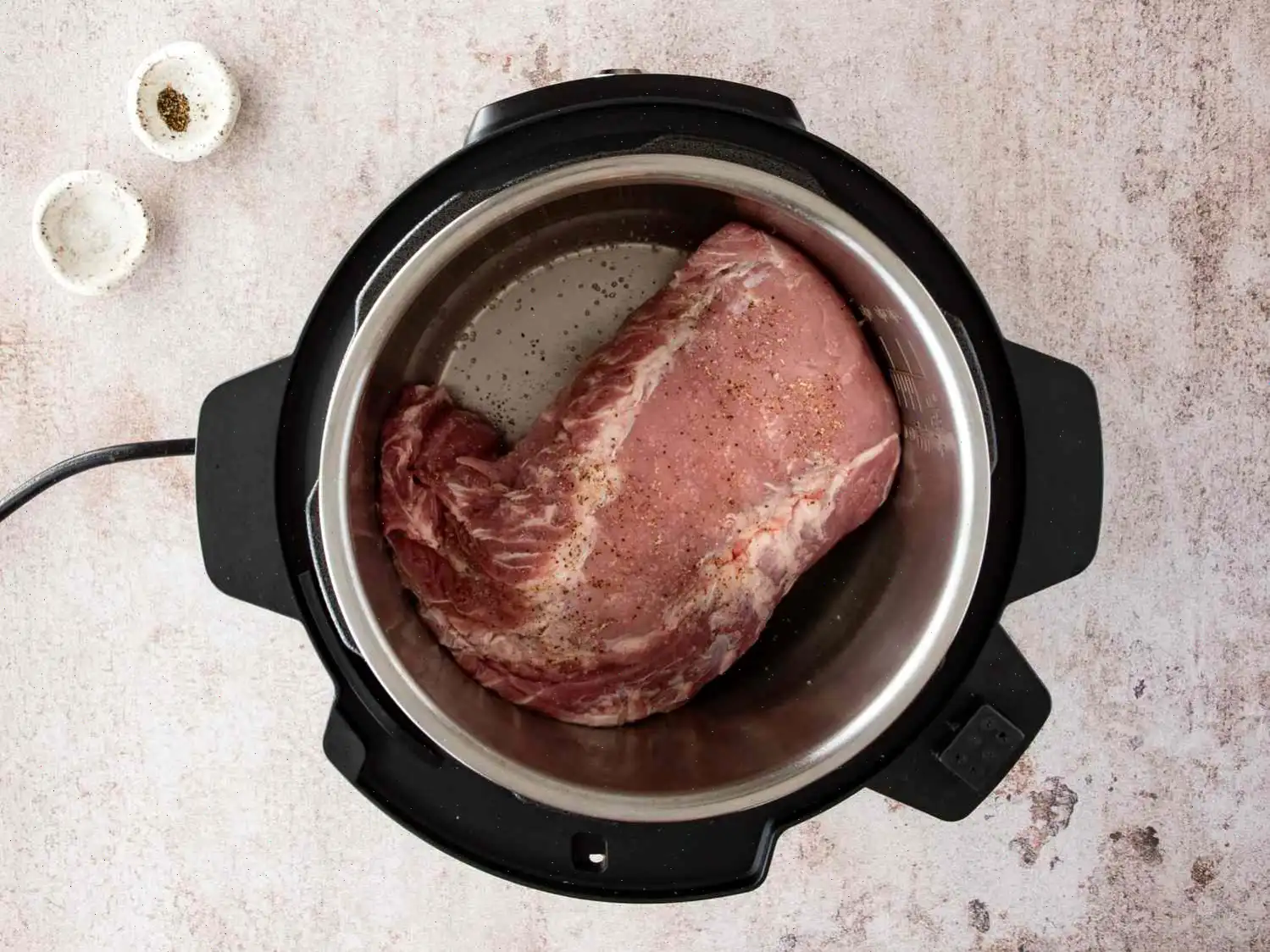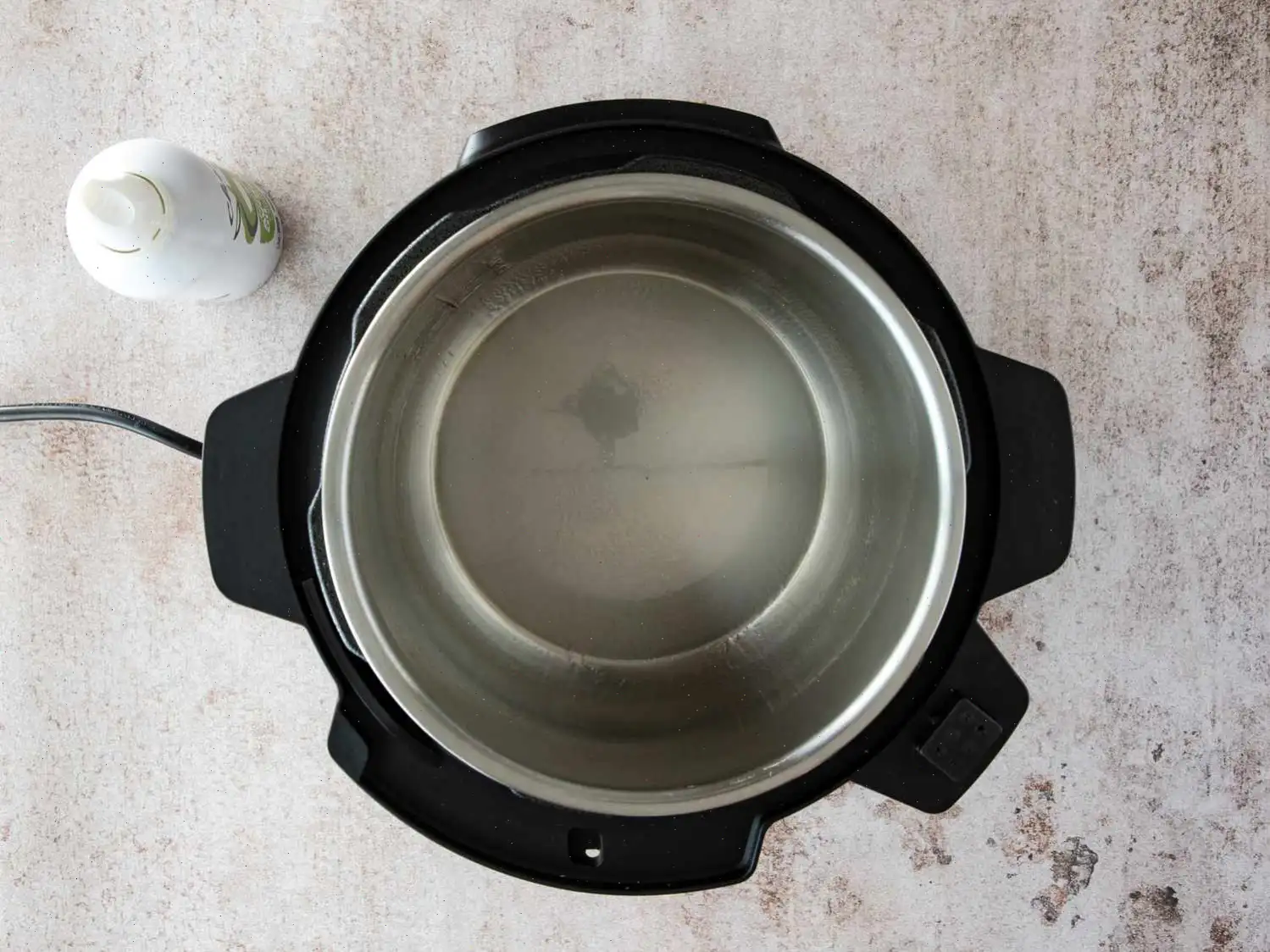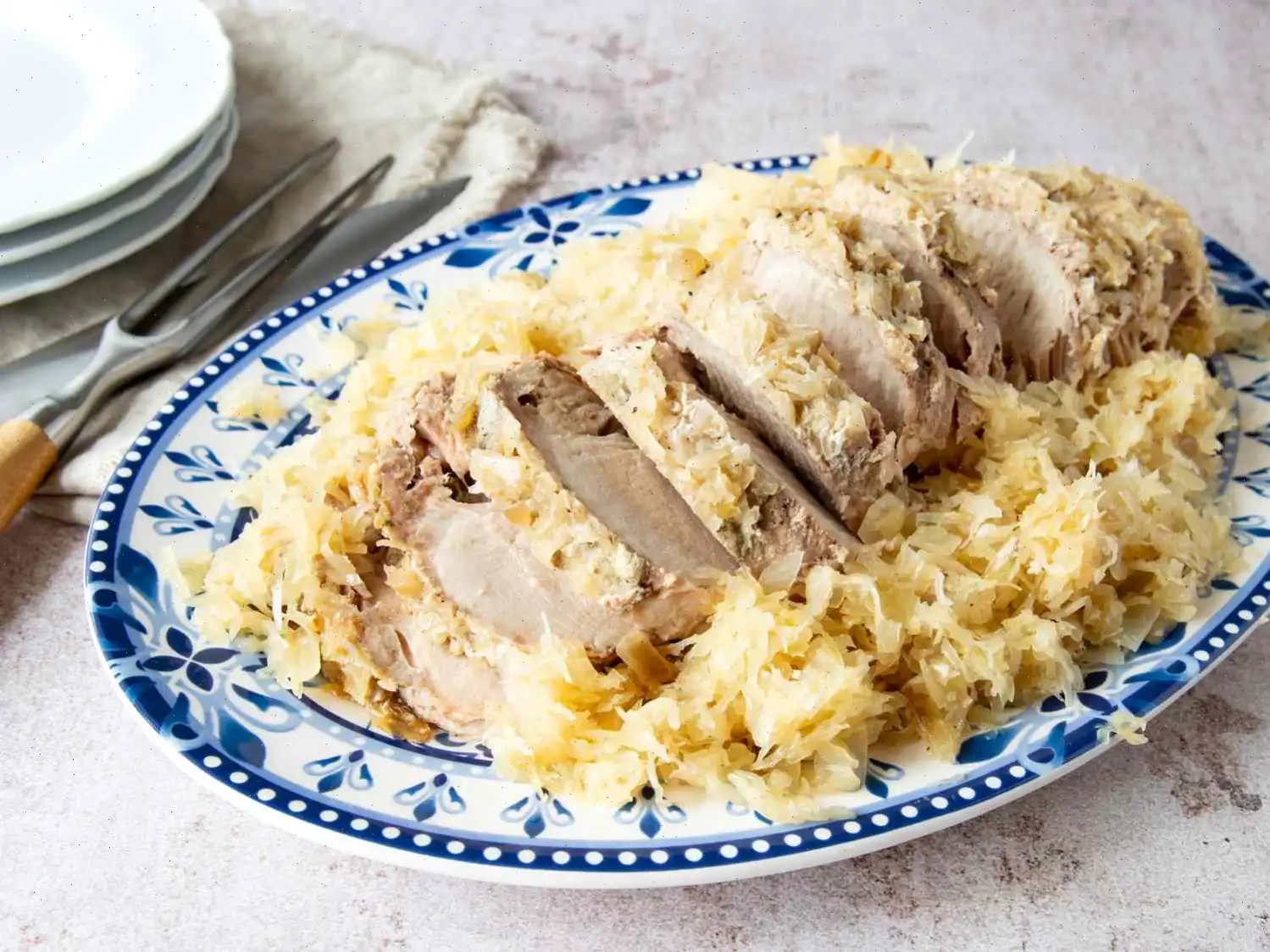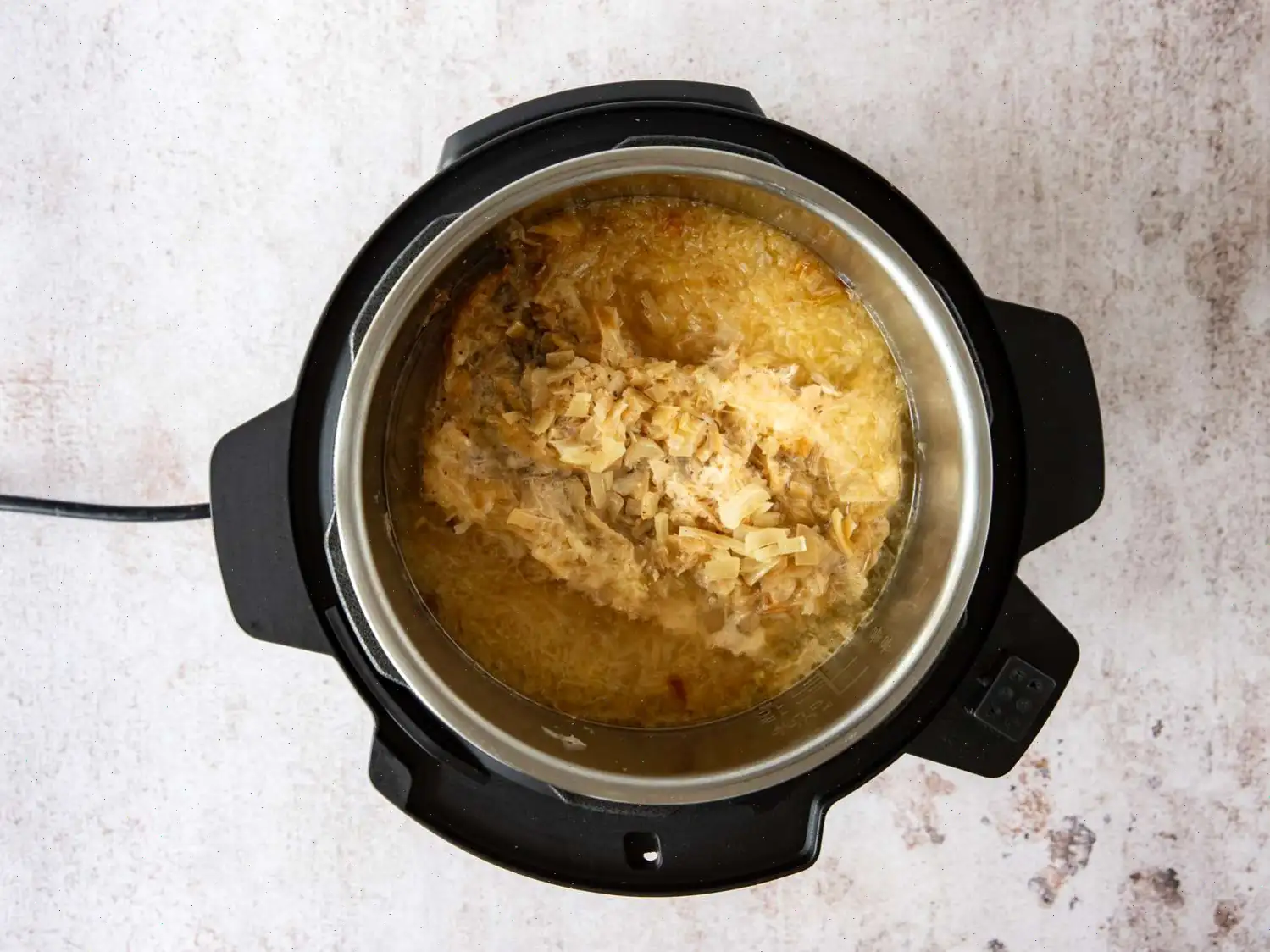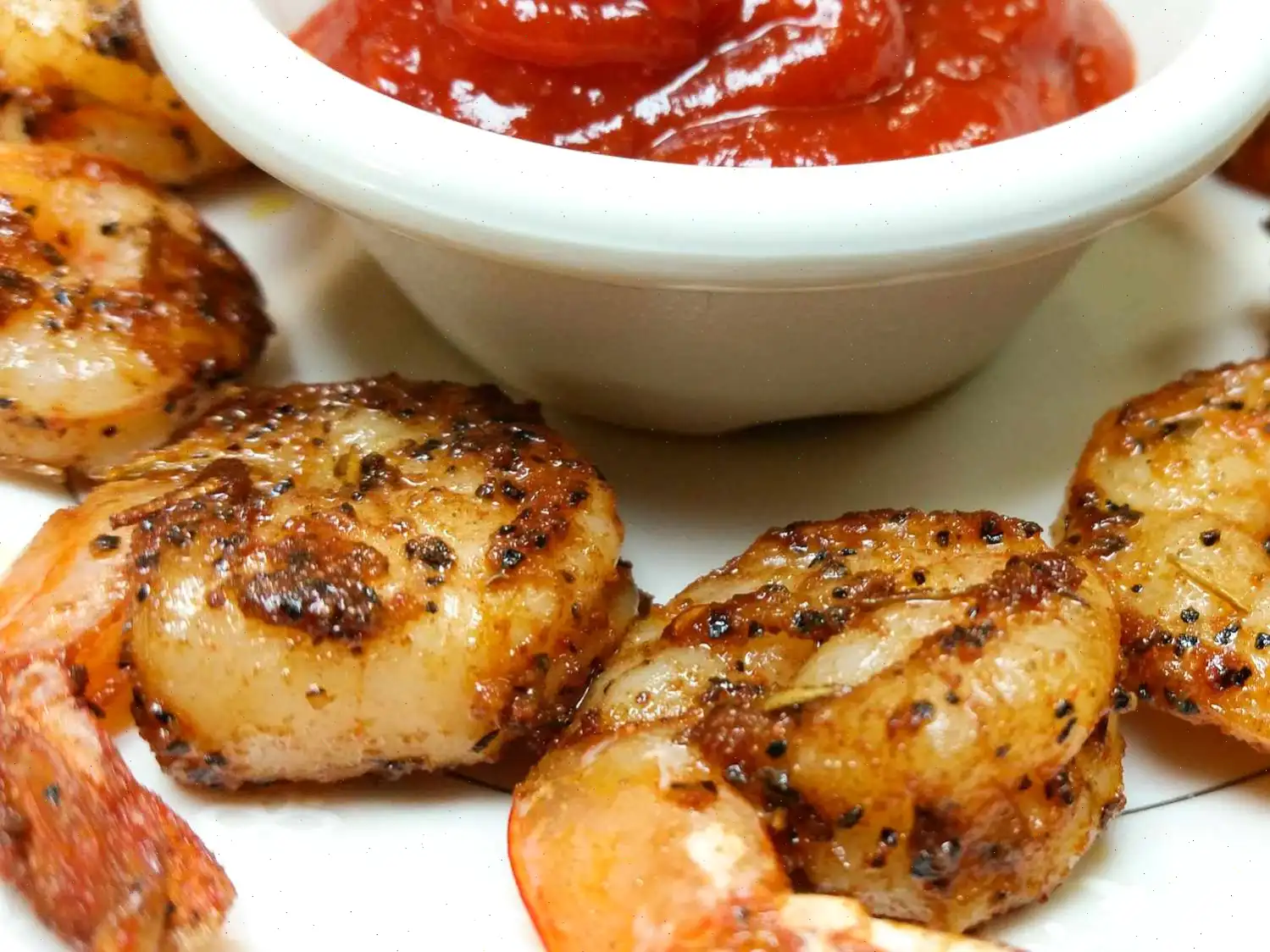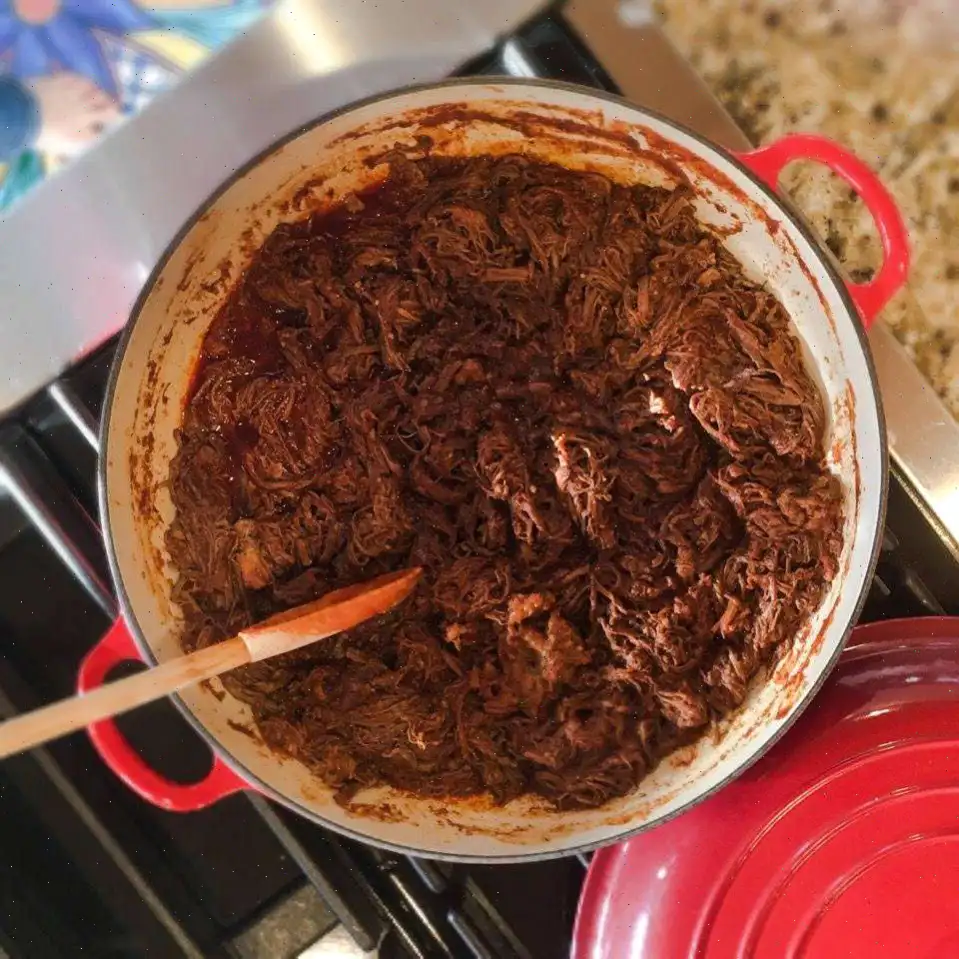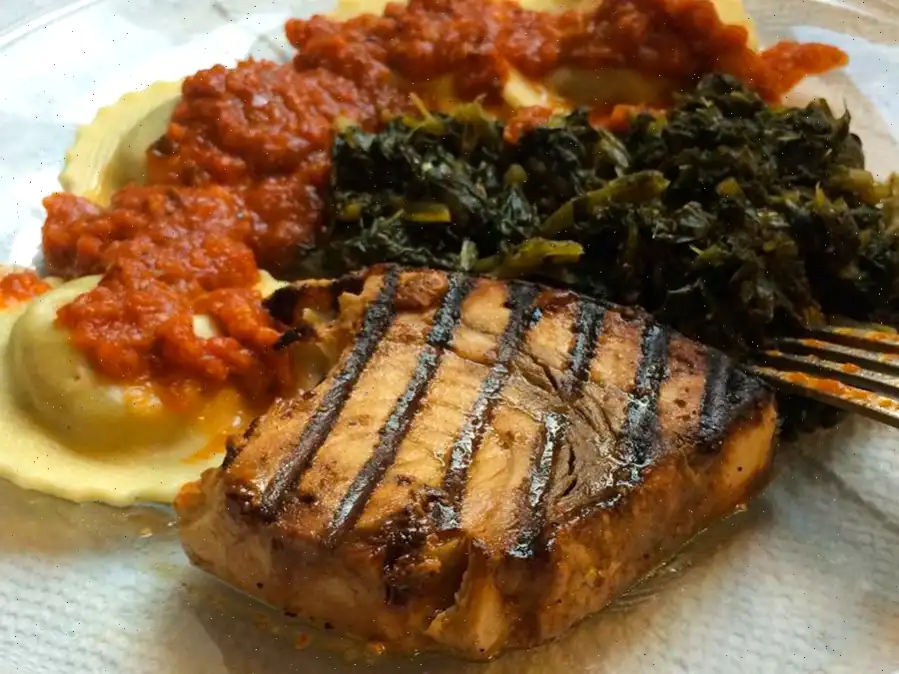
Slow Cooker Pork, Sauerkraut, and Beer Recipe
Ingredients
- 1 (2-pound) boneless pork loin roast
- Salt and ground black pepper, to taste
- 1 (32 ounce) jar sauerkraut, drained and rinsed
- (12 fluid ounce) can or bottle light beer
- cup lightly packed brown sugar
- 1 small onion, diced
- 1 tablespoon butter, or more to taste, cut into small pieces
Directions
- Prepare your ingredients and gather them together.
- Lightly spray the crock of a 5-quart slow cooker with cooking spray.
- Season the pork roast with salt and black pepper, then place it in the prepared slow cooker.
- Spread the sauerkraut evenly over and around the pork roast.
- Pour the light beer over the sauerkraut, making sure its evenly distributed.
- Sprinkle the brown sugar evenly over the sauerkraut mixture.
- Top the sauerkraut with the diced onion and dot with butter pieces.
- Season the entire dish with a little more salt and pepper to taste.
- Cover and cook on Low for 8 hours, allowing all the flavors to meld together.
Nutrition Facts
| Per Serving | Amount | % Daily Value* |
|---|---|---|
| Calories | 166 | |
| Total Fat | 6g | 8% |
| Saturated Fat | 2g | 12% |
| Cholesterol | 44mg | 15% |
| Sodium | 777mg | 34% |
| Total Carbohydrate | 13g | 5% |
| Dietary Fiber | 3g | 11% |
| Total Sugars | 9g | |
| Protein | 14g | 29% |
| Vitamin C | 17mg | 19% |
| Calcium | 46mg | 4% |
| Iron | 2mg | 11% |
| Potassium | 391mg | 8% |
* Percent Daily Values are based on a 2,000-calorie diet. Your daily values may be higher or lower depending on your calorie needs.

History of the Dish
Slow Cooker Pork, Sauerkraut, and Beer is a dish deeply rooted in German culinary traditions. Sauerkraut, or fermented cabbage, has been a staple in German cuisine for centuries, often paired with pork to complement its savory flavors. This dish is a modern variation of a classic pairing, made convenient with the use of a slow cooker. The addition of beer to the mix enhances the flavors, a practice inspired by the long-standing German love for beer, which is an integral part of the countrys cultural identity. While this dish might be served during holidays or family gatherings, its origins are more humble, reflective of traditional German home cooking where slow-cooked meals are prized for their simplicity and depth of flavor.
Regional Variations
While this dish is most commonly associated with Germany, regional variations can be found across Central and Eastern Europe. In Bavaria, for instance, beer is often used to marinate the meat or simmer with the sauerkraut, lending a rich, malty flavor to the dish. In some regions of Poland, similar dishes are made with kielbasa (sausage) instead of pork, but the concept remains the sametender meat, sour sauerkraut, and a flavorful liquid component, often beer or wine. The choice of beer also varies by region, with lighter pilsners being preferred in northern Germany, and darker ales in the south. This flexibility in beer selection adds a regional touch to the dish, reflecting local brewing traditions.
How It Differs from Similar Dishes
While other European countries also enjoy pork and sauerkraut, the use of beer in this recipe is what sets it apart. In many other dishes, such as the Polish "Bigos," sauerkraut and meat are stewed without beer, relying solely on the natural flavors of the ingredients. The slow cooker method in this recipe also distinguishes it from traditional German recipes, where meats are typically braised over the stovetop or in an oven. The slow cooker allows the flavors to meld together over a long cooking period, making the pork incredibly tender while ensuring that the sauerkraut doesnt become overly sour. Additionally, this recipes inclusion of brown sugar adds a touch of sweetness, balancing the tanginess of the sauerkraut in a way that many traditional recipes do not.
Where Its Typically Served
This dish is often served in the home as a comforting family meal or on special occasions like New Years Day in Germany, where pork and sauerkraut are thought to bring good luck and prosperity. It is also popular in the United States, particularly in German-American communities where the dish has been adapted to local tastes. It pairs well with traditional side dishes like mashed potatoes, boiled potatoes, or bread rolls. In some regions, it might even be served alongside dumplings or a hearty salad. In its simplest form, though, it is often just enjoyed with a good pint of beercontinuing the theme of German culinary culture that celebrates the marriage of food and drink.
Interesting Facts
1. Beer is not just an ingredient in this dishit is also used to help preserve the pork and sauerkraut during the long cooking process. The alcohol content in the beer evaporates during cooking, leaving behind only the rich flavors.
2. In Germany, sauerkraut is often served with pork because it is believed that the sourness of the kraut helps to digest the richness of the meat.
3. Slow cooking, as we know it today, is a modern convenience, but in traditional German kitchens, the concept of slow braising or stewing meat was common long before slow cookers became a household staple.
4. The dish is closely related to other European comfort foods, such as the French cassoulet or the Czech sauerkraut stew, which all focus on slow-cooked meats and fermented vegetables.
5. The recipes simplicity and the availability of its ingredients made it a favorite among home cooks, especially during the colder months when hearty, filling meals were needed to sustain people through the long winters.
FAQ about Slow Cooker Pork, Sauerkraut, and Beer Recipe
Comments
Amy Robinson
01/09/2024 01:13:56 PM
I like to include one or two slices of tangy apples as well.
Katherine Smith
04/27/2023 03:44:04 AM
Easy recipe to follow, though I would have preferred more flavor. I recommend adding additional seasonings to enhance the dish.
Catherine Sanchez
09/12/2024 03:09:36 PM
I thoroughly enjoyed this recipe. The flavors were simple yet excellent. Thank you very much!
Katherine Roberts
04/26/2025 03:49:28 AM
I made this dish for my family on New Year's Day and it was a hit! Even those who usually don't like sauerkraut enjoyed this one. Thank you for sharing such a fantastic recipe!


